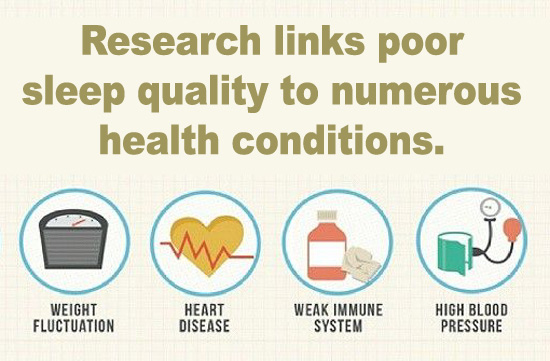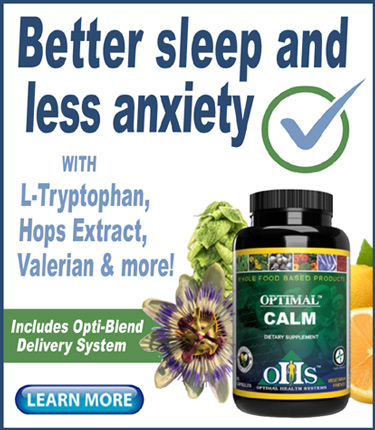New research published in the Journal of Clinical Sleep Medicine has found that an estimated 13.6 million U.S. adults suffer from at least one sleep disorder.
And, like toppling dominoes, America’s sleep problems translate into widespread related issues.
For example, the number of medical visits and prescriptions filled were nearly doubled in people with sleep disorders compared to similar people without. Affected patients were also more likely to visit the emergency department and have more comorbid medical conditions.
Then there’s the financial cost: Sleep disorders are associated with significantly higher rates of health care utilization, with the researchers “conservatively” estimating an additional $94.9 billion in costs each year to the United States health care system.
Study details
The new study was conducted by researchers at Mass Eye and Ear, a member hospital of Mass General Brigham, and was published in May 4, 2021.
The study included data from a nationally-representative survey of more than 22,000 Americans called the 2018 Medical Expenditure Panel Survey. The survey is administered by the Department of Health and Human Services’ Agency for Healthcare Research and Quality.
Researchers found 5.6 percent of respondents had at least one sleep disorder, which translated to an estimated 13.6 million U.S. adults. This likely represents a significant underestimate, according to the authors, as insomnia alone is felt to conservatively affect 10 to 20 percent of the population.
Individuals with sleep disorders accumulated approximately $7,000 more in overall health care expenses per year compared to those without a sleep disorder.
The higher costs were due primarily to frequency of doctor visits and prescriptions. Patients with sleep disorders attended more than 16 office visits and nearly 40 medication prescriptions per year—compared to an average of 9 visits and 22 prescriptions for those without a sleep disorder.
Nutritional/supplement support options:
Nutritional support for sleep disorders can be found in a number of research-backed nutrients.
• Valerian root, perhaps the best known of herbal sleep aids, dates back over two thousand years to the Greek and Roman Empires. It was noted by Hippocrates, who recommended if for headaches, nervousness, trembling, and heart palpitations.
• L-Tryptophan is an amino acid found in most proteins—both animal and plant. It is essential in humans, meaning that the body cannot synthesize it and it must be obtained from the diet. It is perhaps the most widely researched and accepted nutrient to help calm the body, and is found in many natural sleep aids.
• Chamomile flower is a perennial herb that has been shown to promote a relaxed and calming state of mind which helps the body fall asleep faster. These benefits may be attributed to an antioxidant called apigenin. Apigenin binds to specific receptors in the brain that help decrease anxiety and initiate sleep.
• Lemon balm is another sleep herb with a history dating back over 2,000 years. It is listed in the Historia Plantarum, dated to around 300 BC. Today it is the main ingredient of Carmelite water, which is still for sale in German pharmacies. Research shows it has a calming and sleep-promoting effect, which is achieved in part by increasing GABA levels.
• Hops extract, an essential ingredient in beer brewing, has been used medicinally since medieval times. Early physicians observed that hops pickers tired very easily during the harvest and assumed that a sticky resin excreted by the cut plant caused this effect. Modern studies have coroberated these early observations.
All of these nutrients can be found in Optimal REM Sleep from Optimal Health Systems.
Optimal REM Sleep is unique among herbal sleep products: Rather than helping you fall asleep for a single night, it provides the nutrients you need to attain REM sleep consistently over time.
While a drug may help you fall asleep at night, they leave the body tired and the brain “foggy” during the day. A natural approach, on the other hand, restores nutrients the body needs.
Learn more by clicking the banner ad on this page, or by following this link.
– – –
Sources: Journal of Clinical Sleep Medicine, Massachusetts Eye and Ear Infirmary.


